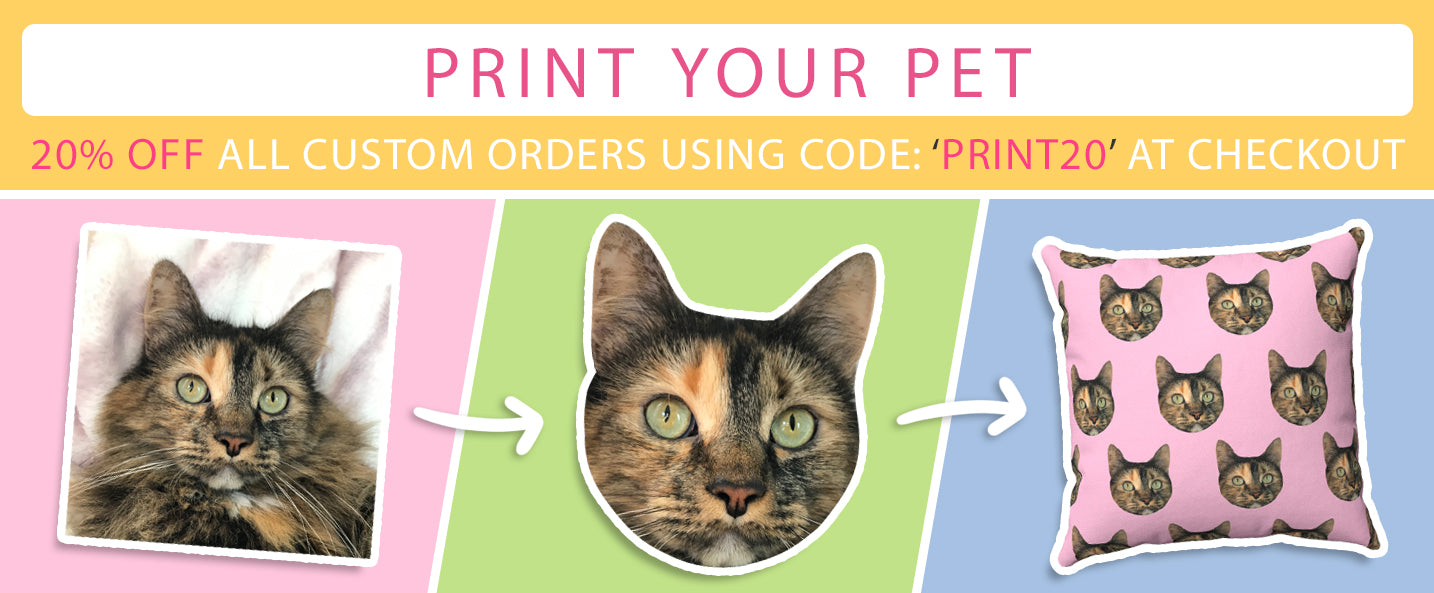Why Australia Plans to Kill Millions of Feral Cats

In a controversial move to preserve native fauna, the Australian government is using poisoned sausages to kill 2 million feral cats by 2020. The plan to “cull” 2 million feral cats was set into motion in 2015, and has faced much controversy and criticism. Most recently, the government has settled on sausages stuffed with a potent poison containing the active ingredient sodium fluoroacetate, known as “1080.” The sausages are made of a blend of kangaroo meat, chicken, and other spices designed to appeal to feral cats.
Marked as "invasive predators," feral cats in the wilds of Australia kill hundreds of millions of native birds, mammals, and reptiles each year. Cats arrived with European settlers in the 1700s and are thus classified as an invasive species, one that has apparently been wreaking havoc on native wildlife.
 JOSEPH JOHNSON
JOSEPH JOHNSON
According to the New York Times, feral cat overpopulation has already led to the extinction of many native species; 34 mammal species found only in Australia have vanished. The Times wrote that cats are thought to be directly responsible for 22 of those extinctions.
While these numbers are certainly devastating, there are Australian scientists who question the basis of targeting 2 million feral cats. The scientists, in part, say the government had not given a clear metric or scientific reason for that number.
They had failed to indicate how, or whether, the cull would actually impact the feral cat population - as feral cats reproduce at very rapid rates. They also did not necessarily state how and whether the culling of 2 million feral cats would actually increase the populations of endangered species. Estimates of the number of feral cats actually living in Australia vary widely.
The researchers published a paper in the journal Conservation Letters, in which they questioned the 2 million target:
“The focus on killing cats runs the risk of distracting attention away from other threats to biodiversity, most prominent of which is widespread, ongoing habitat loss, which has been largely overlooked in the Threatened Species Strategy.” While feral cats are a big issue, according to CNN, the government has focused heavily on them over more “politically sensitive” issues like habitat loss caused by urban expansion, logging, and mining.
The researchers continued in their published paper: "The culling target [of 2 million] is a highly visible symbol of a broader campaign around feral cat research and management in Australia, rather than a direct indicator of conservation action and success. We are concerned that progress toward the 2 million target could be misinterpreted as progress toward conserving threatened species when the link between the two is not clear.”
Similarly, Kelly O’Shanassy, chief executive of the Australian Conservation Foundation, called the program "commendable;" however, she also states it fails to address habitat loss, which is an even greater threat to vulnerable species.
"The strategy … fails to meaningfully address the biggest threat to threatened species and ecological communities — the loss and fragmentation of habitat — either through investment in new protected areas or by safeguarding existing critical places," she told The Guardian.

This plan to cull cats not only in the hundreds of thousands, but in the millions, is why programs like Trap, Netuer, Release are important to stopping feral cat overpopulation over time. TNR programs reduce the number of feral kittens being born and work to prevent overpopulation.
What is TNR?
Trap-Neuter-Return (TNR) is a proven humane method to spay or neuter unaltered feral cats by safely trapping them, then returning them to the location where they were picked up.
- Trap: All feral cats in a colony, or as many as possible, are humanely trapped.
- Neuter: The trapped cats are taken to an animal or veterinary clinic to be spayed or neutered, receive vaccinations, and are sometimes marked by eartipping to let people know that the cat has been through the TNR process.
- Return: Healthy adult feral cats are returned to their outdoor homes, where their lives are greatly improved without the strains of mating behaviors (aggression, fighting) and pregnancy. Stray cats and kittens that are socialized to humans are adopted into homes.


















Caroline – I understanding what you are saying and I understand now why you do not have any compassion. It does not seem to bother you that they want to poison the cats and let them die a horrible death. You never once mentioned you would like to see Australia kill the cats humanely and I think that is because of the hatred you have in your heart for the feral cats. Your bitterness towards them is so strong you don’t even seem to care if they are poisoned and die a slow horrible death – Shame on you for not caring.
That is a horribly barbaric solution. It is people who have caused these poor animals to live a life of solitude and the struggle to survive. We are supposed to help them not give them a Cruel and painful death. What kind of mind can live with itself. Instead of killing and then the population increases again then kill again. Why not come up with a Humane solution instead of just causing Suffering and bandaiding the situation. They need to survive as well they have a right to live. Have some COMPASSION PLEASE.
They are saying that animals that are infected w/ the bacteria suffer but imagine how painful it would be to die from poisoning. It’s not fair that the cats natural habit is causing them to die bc people don’t understand. What if humans had to die for slaughtering millions of animals and eating them, or how humans are killing endangered species by destroying their homes. Australia’s government should be embarrassed and shameful.
This is a horribly misleading post to readers who clearly have zero understanding of Australia’s wildlife crisis.
I work with and rescue native wildlife in Australia. The situations I see on a daily basis of what feral cats do to tiny, cute, defenseless & critically endangered marsupials used to make me want to vomit when I first saw them.
Wildlife KILLED by cats are the lucky ones. Cats – including housecats – carry bacteria in their mouths that Australian native animals cannot tolerate. Even if a cat bites them and they escape, the animal will still die a slow, painful death from infection without antibiotics. If it’s female and marsupial – which most of our cute cuddly mammals are – her babies will then die of starvation and cold in her pouch several days later – if the body isn’t eaten by a predator first.
Lookup pictures of the feathertail glider, the greater glider, the bilby, the bandicoot, the leadbeaters possum, the quokka, the pademelon, the quoll – amazing and unique animals that only exist in Australia. Do they deserve to die? To have their species completely wiped off the face of the earth? Because you can’t have both – it’s introduced feral species OR native wildlife.
Australia has the second highest mammal extinction rate in the world, at the current rate even our well known species like the koala and platypus will be gone by the end of the century (those two more due to habitat destruction, but it shows how serious the situation is in Australia). Many of the cute, cuddly creatures feral cats kill every day are more endangered than elephants and tigers.
Feral cats in Australia are nothing like cute house cats. They are well honed killing machines, they can grow to be enormous on a daily diet of wildlife and Australia has areas that are so remote they will never see a human being. They are terrifying to even approach when in a cage, they are completely wild animals and they would make mince meat of any housecat.
I have pet indoor cats I love dearly. But there’s no shortage of cats in the world and the idea of sparing introduced cats at the expense of Australia’s native and critically endangered species is insane. What next? Save all the rats, they’re ‘god’s creatures’ too? Trap neuter and release programs for rabbits?
So cruel and unfair to murder these cats who are there at the fault of humans! Absolutely unnecessary too! Implement TNR! It absolutely works!
Leave a comment